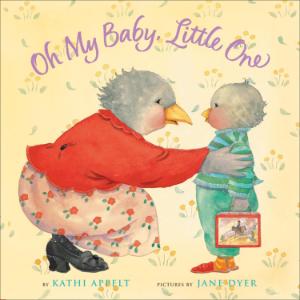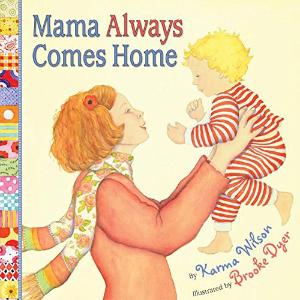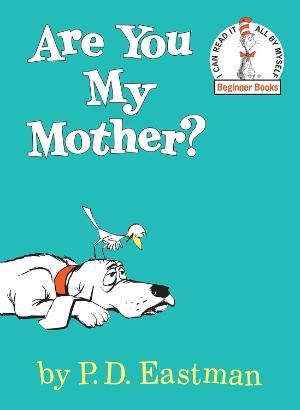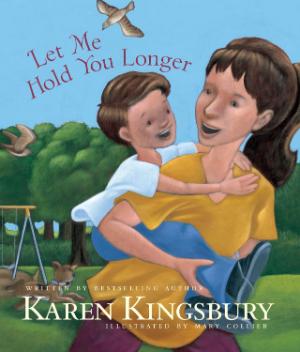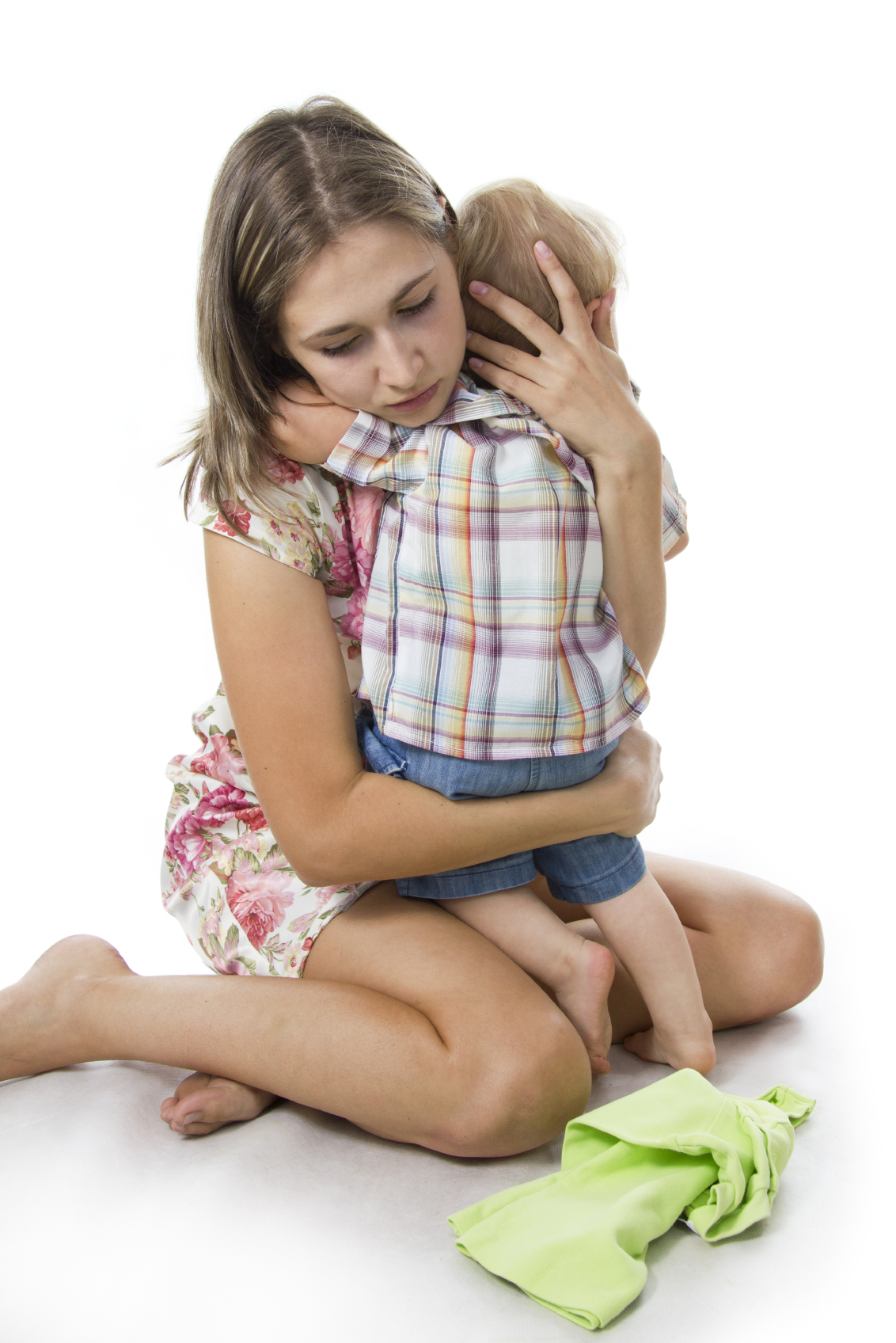
Virtually every parent who has left a toddler with a caregiver has experienced the crumpled face, the arms velcro-locked around your knees, the wail that rips through your heart.
It's the normal response of a securely attached toddler who protests what she perceives as a life-threatening separation from her mother or father. Your toddler will learn, over time, that you do return when you leave, but she is not yet capable of understanding this fully.
Toddlers are designed to spend their time with humans to whom they're attached: parents, older siblings and cousins, aunts, uncles, grandparents. Until he's attached to his caregiver, and knows that he can rely on the caregiver to meet his needs, he won't feel completely safe. So your task is to find ways to help your child bond with the caregiver, and to help the caregiver understand your child so she can meet his needs.
Here’s a 13-step program to smooth the process.
1. Facilitate your toddler’s bonding with the caregiver.
Toddlers don't "get used to" doing without you. They begin to feel safe with someone else. The only way to help your toddler over her upset when you leave is for her to develop a great relationship with her caregiver.
She will still protest your leaving, but the caregiver should be able to comfort her. Her protest should be brief. If she keeps crying for fifteen minutes, it means she isn’t willing to accept comfort from this new person.
How do you facilitate a great relationship?
- Let her have good experiences interacting with her caregiver in your presence.
- Relate warmly to the caregiver yourself, in your toddler’s presence.
- Put up a photo of the caregiver holding your toddler on your refrigerator, and speak warmly to it often. ("Helen, you won’t believe it when my daughter shows you that she knows how to wash her hands all by herself!”)
- Speak with enthusiasm to your child about the caregiver.
2. Help him get comfortable in this new situation.
Invest in making this experience work for your toddler by spending a few mornings, or parts of mornings, at the caregiver’s with your child, before you ever leave her there without you. Facilitate your toddler’s bonding with the other kids, and especially with the caregiver. The minute he gets engaged in something, try to take a back seat, nearby but not engaged.
3. Start with short separations.
After he feels comfortable with this new situation, and has developed more of a relationship with the caregiver, practice leaving him for a short time — start by saying goodbye, leaving, and then returning as soon as he stops crying.
If you start with short absences, your toddler will learn more quickly that you always return, and can gradually get used to the separations as you gradually extend your absences. But try not to return while he is still crying, or he’ll think crying can bring you back, and it will be hard for him to give up that strategy!
4. Develop a parting routine.
For instance, always read her a quick story, then hug her and tell her you love her and when you’ll be back, then put her in her caregiver’s arms, then say your standard parting phrase (“I love you, you love me, have a great day and I’ll pick you up at three!”). Stick to your routine every day and resist the urge to either extend it or cut it short. It will help your toddler to know exactly what to expect.
5. Leave her with a comfort object.
If you can give her something of yours, such as a scarf, she may be able to comfort herself with it, although don’t be surprised if she throws it on the floor as you leave. Many people suggest giving your child a lovey, and of course these are helpful, but no securely attached toddler will find it more than small comfort in the absence of a parent.
6. Help your toddler to understand what’s happening.
His language may be limited, but he still understands a great deal. It will help him to cope if you reassure him by explaining what will happen. Don’t stop with the separation, keep going to describe the fun he will have:
“First I will read you a story. Then we will find Helen and she will hold you. I will say ‘See you later Alligator!’ Then I will leave to go to work, and I will wave goodbye and you and Helen and your lovey will wave from the window. Then you and Helen will dance to the music you like. You might be sad, but the music and dancing will make you feel better. Then all the kids will have snack. You will play outside, and you will play with the playdoh, and then you will have lunch, and then I will be back right after lunch to pick you up. Mommy always comes back.”
7. Don’t give in to the temptation to sneak out.
It will make her separation anxiety worse in the long run. When she bursts into tears, say calmly:
“I know you don’t want me to leave, but I will be back right after lunch. I will wave goodbye from outside. Helen will take you to the window to wave.”
Then leave. Resist the urge to run back and grab your crying child. It may take her weeks to start waving to you, but you should always wave to her. Hide your own distress to signal your confidence that your child can handle this separation by being matter of fact.
8. Discuss in advance with the caregiver what she can do to comfort your toddler.
It's important that your toddler feel comforted by the caregiver, so you want someone who is comfortable with a crying child, not just trying to shush her. Distraction may work temporarily, but long-term what your child needs is to support with the big feelings. That means letting her express her desolation at your departure, and stepping in to hold her and communicate that she's safe.
So distraction by itself is fine initially, but longterm it is not the best policy. Instead, ask your caregiver to say to your child:
"You are crying...You are sad to say goodbye to Mom... I am right here to keep you safe... You can cry as much as you want... After you are done crying, you will feel better and we will have fun."
On the other hand, caregivers do have other children to care for. Most of your child's emotional processing will happen with you, at night or on weekends. Your caregiver does have to eventually help your child shift gears from his unhappiness to the fact that there are some wonderful, fun things to do right there right now, even with Mommy or Daddy gone. So work with the caregiver to plan distractions that will help your child to calm down and shift gears.
Some toddlers are calmed by running water, or by visiting the window to watch the birds at the feeder, or by dancing in the caregiver’s arms to particular music. One boy I knew was always distracted by a particular video of earth moving equipment; his mom could say goodbye, settle him in front of the video with his lovey, and leave. When the video ended half an hour later, he joined the other kids without a fuss. Maybe there is a specific toy that your daughter loves (even one that you bring from home but she only plays with at her caregiver’s.)
You want to make sure that the caregiver will keep trying until she finds something that helps your toddler, and that she will hold your toddler until he is calm and whenever he needs to be held while you are gone. And if she can get the other kids started on a fun activity that your toddler can’t wait to join (“Look at the play doh!”), it might really shorten the hysterics.
9. Don’t be late to pick your toddler up.
If she finishes lunch and you aren’t there yet as promised, it will make things harder in the future, and you will be setting up a long-term feeling that you don’t always follow through on your promises, which is no basis for a bond with your child.
10. Help your toddler learn that people return.
You want your toddler to know that what disappears isn't gone forever but can reappear. Play games like Peek-a-Boo, or hiding and finding a loved object (“Is your lovey under the bed? No, it isn’t under the bed. Is your lovey behind the shower curtain? YES, there’s your lovey!”), or Hide and Go Seek (and of course hide in a place where he can easily find you!)
Read books about separation and return, like:
- Oh My Baby Little One by Kathi Appelt (a fabulous book about leaving your baby at daycare)
- The Kissing Hand by Audrey Penn (a wonderful book about a raccoon who wants to stay home with mom instead of going to school)
- Mama Always Comes Home by Karma Wilson
- Are You My Mother? the classic by P.D. Eastman
11. Create a “Lots of People Love Me” book.
Put together a small child-sized photo album with people your toddler loves holding her: you, her other parent, her grandparents, her caregiver, aunts and uncles, cousins and friends. Add the new caregiver or teacher. Read the book often. Let her get used to her caregiver reading it to her in your presence. Many children are comforted by reading such a book when they miss their parents.
12. Give your toddler lots of love and attention when you are with him.
You may need a hot bath and a cup of tea at the end of the day, but your toddler has a pent up need for you. Of course he’s demanding. He’s stressed,
and he needs your calm, loving presence to unwind and relax. Make the simplest dinner you can, keep things calm, avoid power struggles, and
look for opportunities to connect. Be sure he gets a lot of opportunities to laugh, to get those tensions out. Be aware that he may have saved up tears to cry in your comforting presence, and that sometimes to get to tears we have to go through some anger or "misbehavior." Stay patient and calm, and be sure to leave extra time for cuddling
at bedtime.
13. Choose a warm, loving person as your child's carer.
Every child needs a child-minder who connects easily with children and helps them feel safe. So choose a place where you see the caregivers interacting warmly with the children; and where the children are clearly happy to be dropped off in the morning. Walk away from academic curriculums; instead look for a place that emphasizes emotional and social development. Aim for the best teacher/child ratio you can find, since it's harder for a carer to meet your child's needs if she has many other kids to tend to.
Opt for situations where your child will have the same carer most of the time. Research shows that many toddlers who are in childcare all day end up with high levels of stress hormones by the afternoon, compared to toddlers who spend the afternoons at home. Luckily, there is evidence that in high quality day care situations, where the child has an opportunity to securely attach with the carer, the stress on the child is lessened, and their cortisol levels can more closely resemble the normal levels of a child at home. But this is just more evidence of how important it is that children in daycare centers are able to form strong attachments with their carers.
Your toddler will eventually outgrow his separation anxiety. I'm hoping this twelve step program will make the process faster and easier for your toddler – and for you!

